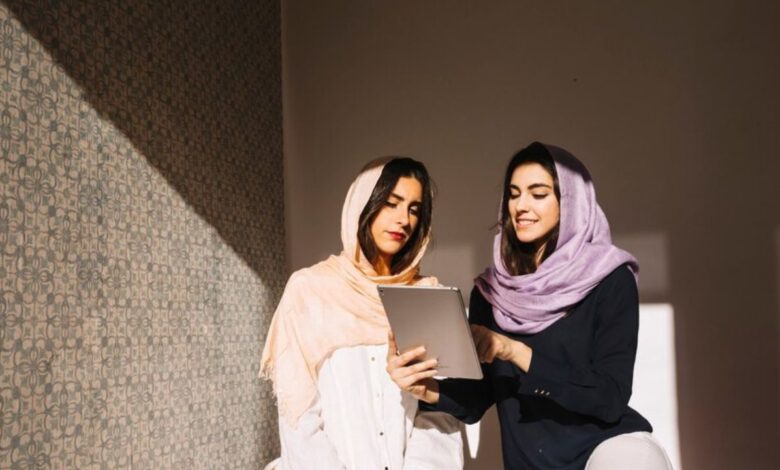Hijabhoojup: Unveiling the Cultural Tapestry of Modesty and Community

Introduction
The term Hijabhoojup may not be widely recognized in contemporary discourse, but it represents an intricate and profound aspect of cultural heritage in certain regions. This article explores the roots, significance, and contemporary relevance of Hijabhoojup, shedding light on its role in cultural identity and community practices.
Historical Context
Hijabhoojup has deep historical roots, tracing back centuries in various cultures. The term itself is a fusion of “Hijab,” commonly associated with the modesty and covering practices in Islamic cultures, and “Hooju,” a less familiar term that signifies an act of gathering or communal assembly. Thus, Hijabhoojup can be understood as a tradition where modesty and community intersect.
Historically, Hijabhoojup emerged as a social practice in several Middle Eastern and South Asian societies. It was not merely about wearing a physical garment but embodied a broader social ethos of respect, dignity, and collective identity. Communities would come together for Hijabhoojup ceremonies, which included not only the donning of the hijab but also rituals, storytelling, and communal meals.
Cultural Significance
The cultural significance of Hijabhoojup extends beyond its immediate appearance. It encapsulates a community’s values and beliefs, reinforcing social cohesion and shared identity. In traditional societies, Hijabhoojup was often a rite of passage, marking significant life events such as coming of age, marriage, or religious milestones.
For women, participating in Hijabhoojup was a declaration of their commitment to cultural and religious values. It symbolized a transition into a new phase of life, accompanied by the support and blessings of the community. The act of covering oneself was both a personal and communal gesture, reflecting an adherence to principles of modesty, piety, and solidarity.
Contemporary Relevance
In modern times, Hijabhoojup continues to hold relevance, albeit in evolving forms. The practice has adapted to contemporary lifestyles while retaining its core values. In urban settings, Hijabhoojup might take the form of community gatherings in mosques or community centers, where people come together to celebrate cultural heritage and reaffirm their identity.
Moreover, the concept of Hijabhoojup has found resonance in the global diaspora. For immigrants and expatriates, it serves as a means of preserving their cultural roots and fostering a sense of belonging in foreign lands. By participating in Hijabhoojup, individuals and families maintain a connection to their homeland, passing down traditions to younger generations.
Challenges and Misconceptions
Despite its rich cultural significance, Hijabhoojup faces challenges in the contemporary world. One major challenge is the misconception and stereotyping of the hijab and related practices. In some regions, the hijab is viewed through a narrow lens, often associated with oppression or a lack of agency. This overlooks the diverse and voluntary nature of Hijabhoojup, where individuals actively choose to participate as an expression of their identity and values.
Furthermore, the globalization and westernization of cultural practices can lead to the dilution of Hijabhoojup’s traditional aspects. Younger generations might feel less inclined to engage in such practices, viewing them as outdated or irrelevant. Addressing these challenges requires a nuanced understanding and respect for cultural diversity.
Preserving and Promoting Hijabhoojup
To ensure the preservation of Hijabhoojup, it is essential to promote awareness and appreciation of its cultural significance. Educational initiatives can play a crucial role in this regard, highlighting the historical context and contemporary relevance of the practice. Cultural festivals and community events can also serve as platforms to showcase Hijabhoojup, encouraging participation and fostering a sense of pride.
Moreover, intergenerational dialogue is vital. Older members of the community can share their experiences and knowledge, while younger individuals can bring fresh perspectives and innovative approaches to keep the tradition alive. This exchange ensures that Hijabhoojup remains a living, dynamic practice rather than a static relic of the past.
Conclusion
Hijabhoojup is more than a mere cultural practice; it is a symbol of identity, community, and continuity. Its historical roots and contemporary adaptations reflect the resilience and richness of cultural traditions. By understanding and appreciating Hijabhoojup, we can celebrate the diversity of human cultures and the enduring power of communal values. In a rapidly changing world, such traditions remind us of our shared humanity and the importance of preserving our cultural heritage.




